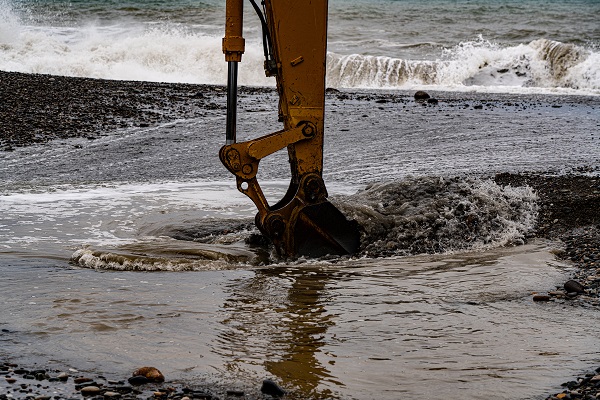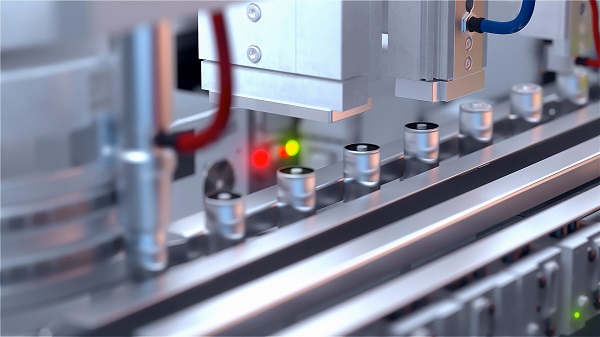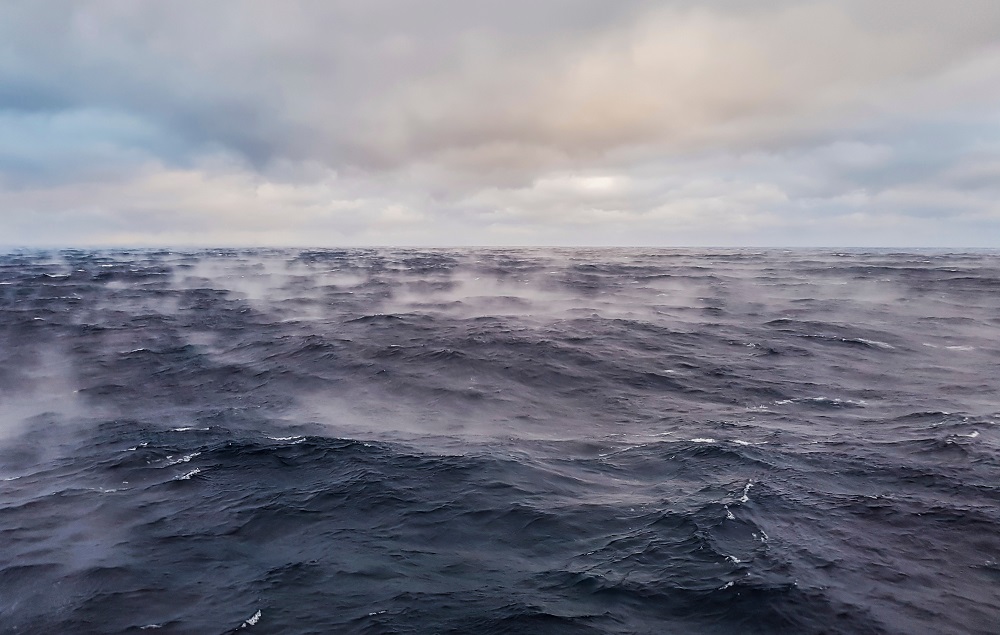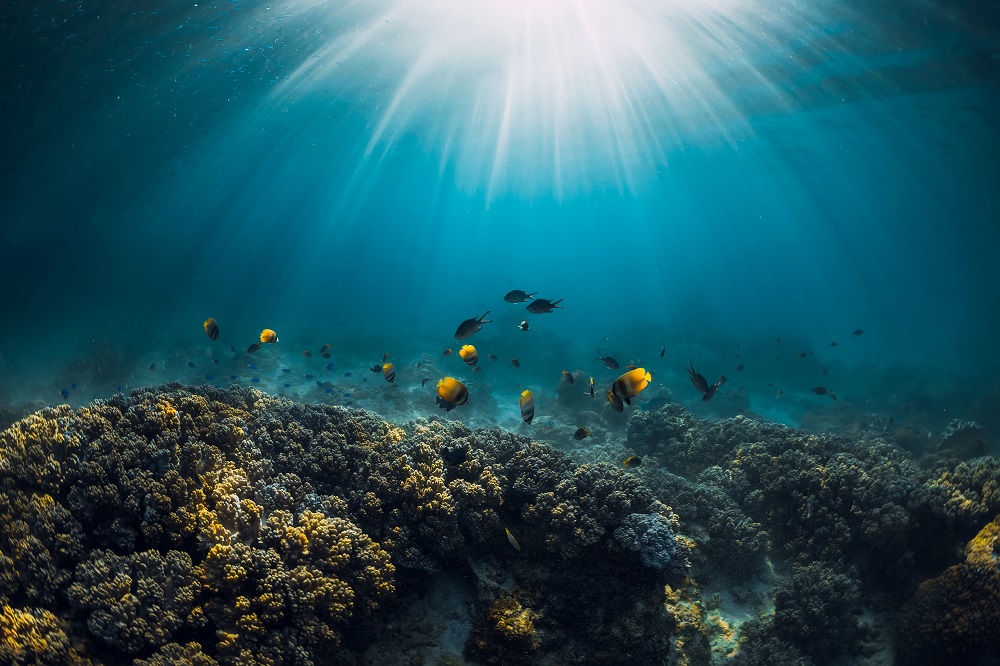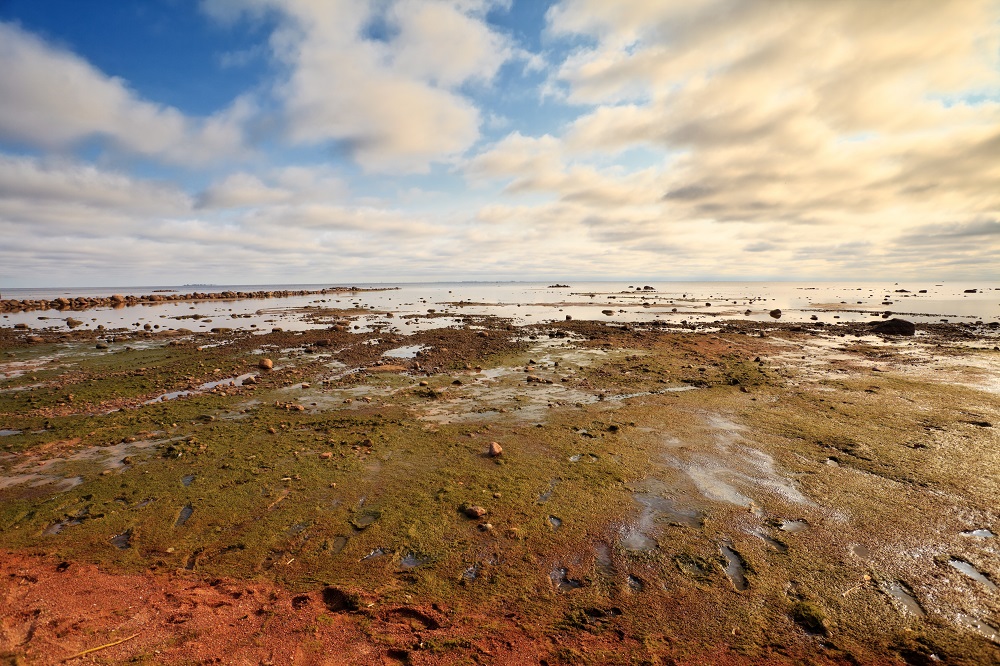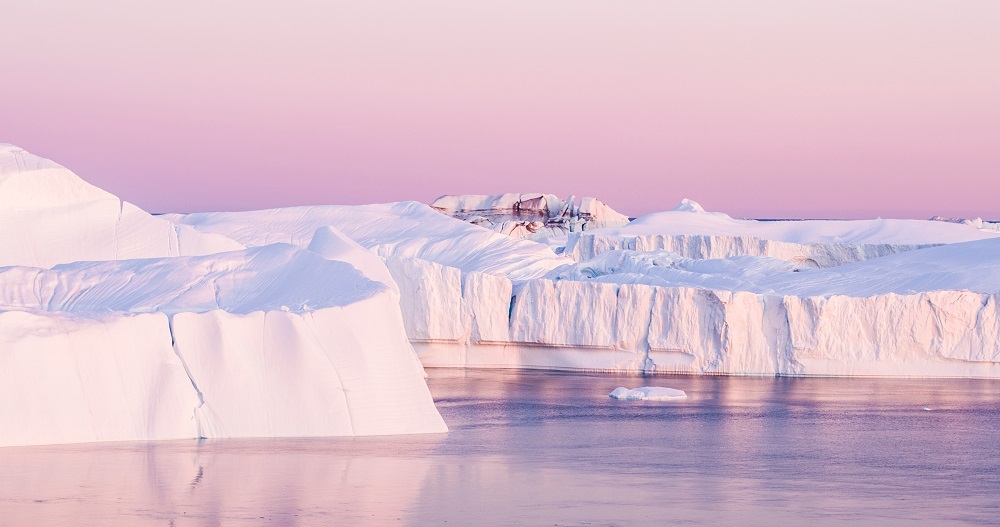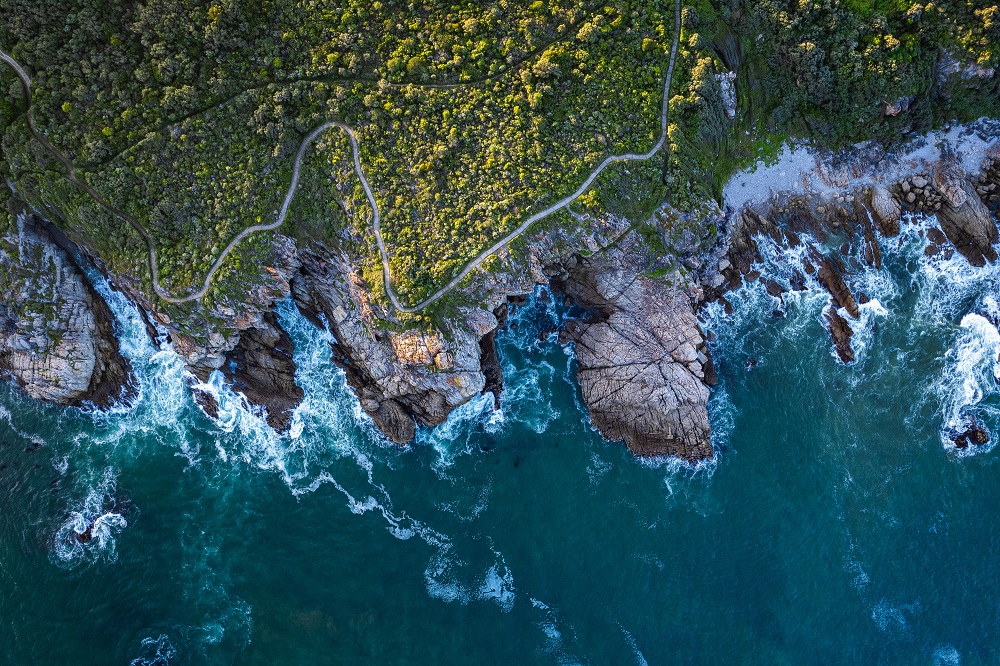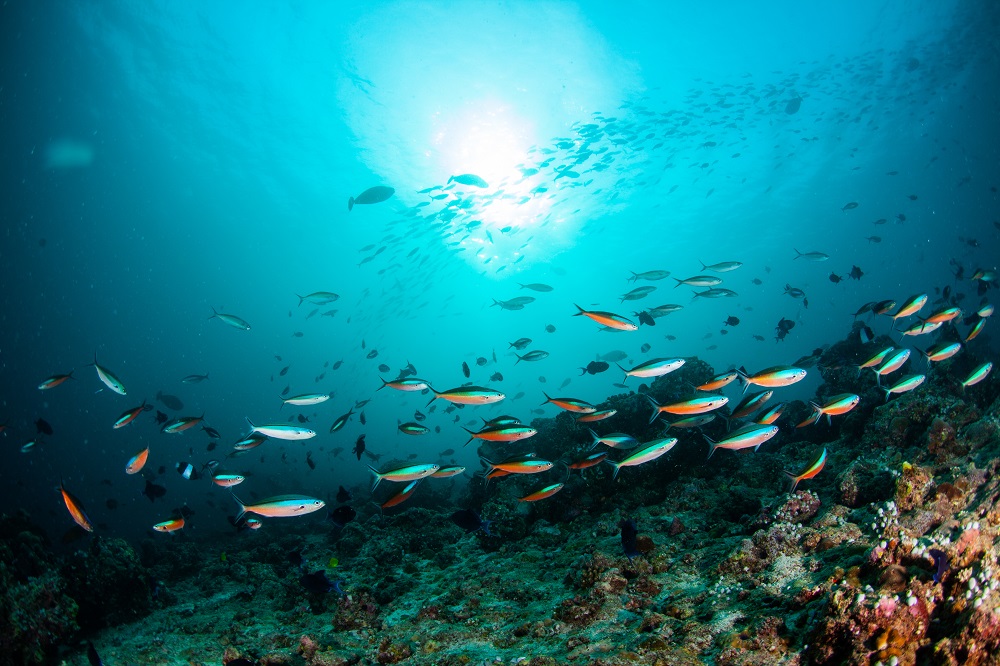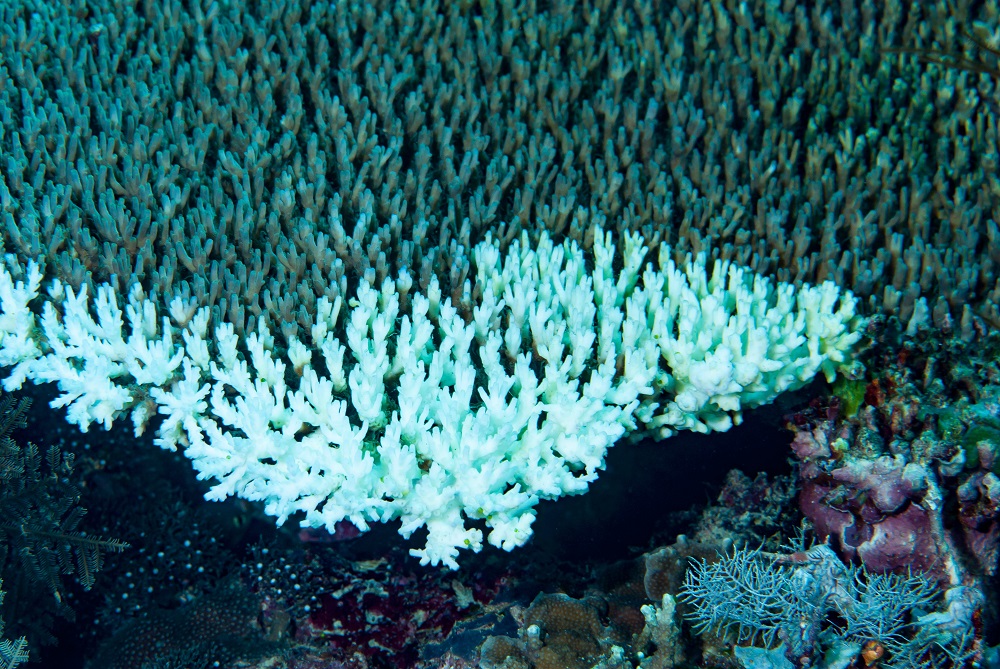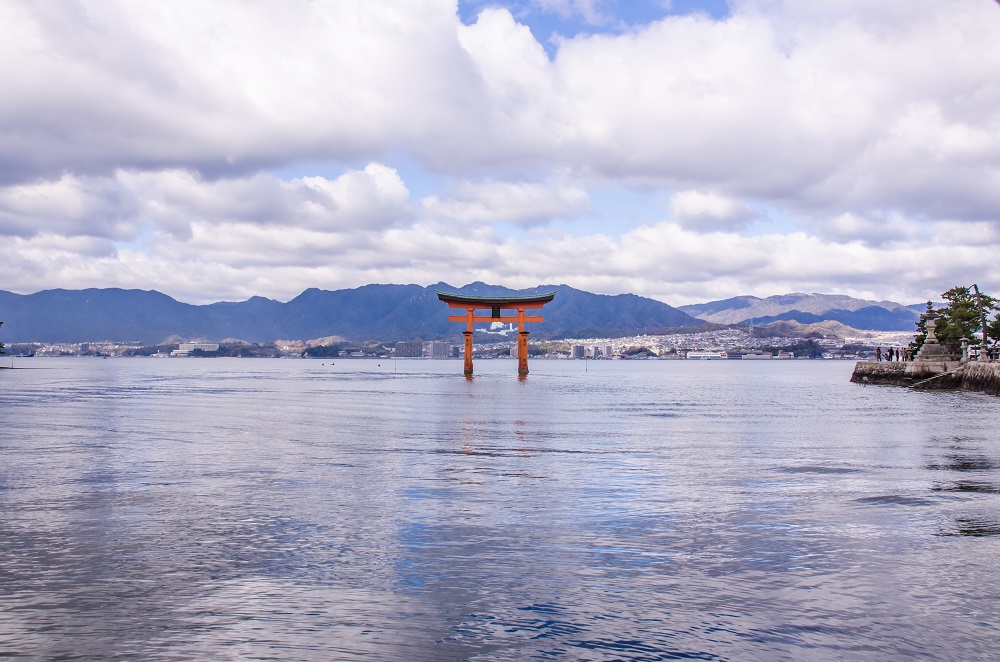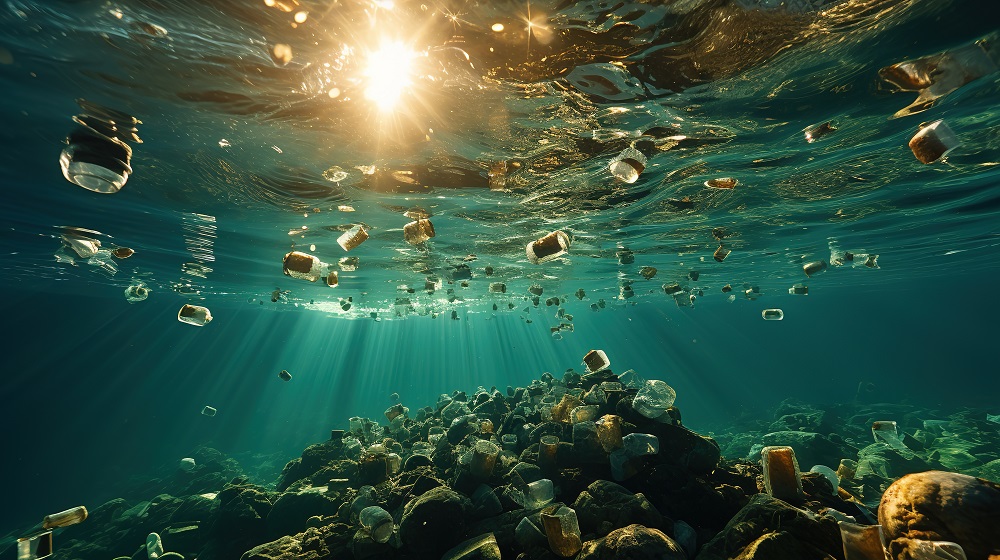At the COP27 summit, the French president, Emmanuel Macron, became the first head of state to call for a ban on deep-sea mining. He is not the first to raise the alarm about this emerging sector. Over 650 scientists and policy experts have called for a global pause on the industry given the risks posed to the natural environment and the climate, including carbon cycling and storage in the deep sea. The European Investment Bank has added deep-sea mining to its list of prohibited activities, meaning that they will not invest in such projects due to environmental concerns. Given the significant concern surrounding deep-sea mining, what’s driving this industry? And what risks does it pose for the oceans?

The idea of mining the deep-sea bed or abyssal sea floor has come into vogue as companies seek polymetallic nodules containing large deposit of metals, particularly cobalt and nickel, which are in high demand for electric vehicle batteries. It’s also driven by the fact that the dash for cobalt on land is creating supply chain governance risks, given the mineral’s location in areas like the Democratic Republic of Congo that have limited monitoring and safety. A resource scramble between China and the US and an expected worldwide shortage of cobalt by 2030 are just some of the reasons why there is growing anxiety about commodity supply chains. Matthew Gianni, co-founder and policy advisor to the Deep-sea Conservation Coalition, says that many countries are trying to find new sources of critical minerals and materials in the face of a fragmented international trade environment.
So far, there are no active deep-sea mining projects, but licences and exploration discussions are under way. In 2021 Nauru notified the International Seabed Authority (ISA), the regulatory body for deep-sea mining, of plans to begin mining the deep sea in collaboration with a metals company. “That put a two-year timeframe on when the ISA needs to generate environmental regulations for managing the actual exploitation activities in the deep sea, or potentially just allow them to mine under the framework of existing international laws that don’t address the impacts of seabed mining,” explains Craig Smith, deep-sea ecologist and professor emeritus at the University of Hawaiʻi at Mānoa.
The Clarion Clipperton Zone, an area of some 4.5 million square kilometres of deep abyssal plain stretching across the international waters of the eastern Pacific between Hawaii and Mexico, is expected to be the first area mined if the sector moves ahead, as it has the largest known concentrations of nodules yet discovered and has been a target of commercial interest since the 1970s. In the western Pacific, the Cook Islands government has reportedly issued three exploration licences for nodules in its national waters to companies within its Exclusive Economic Zone, although they state that they will only allow deep-sea mining if it is shown to be safe for the environment.
The ocean toll
The deep-sea mining environment for nodules is between 4,000 to 5,000 metres deep (The other two types of deposits regulated by the ISA – polymetallic sulfides and cobalt crusts – in some cases occur in depths of 800-1000 metres). “This is an area that is physically very stable. It has low current velocities, low current energy from low rates of water flow and the clearest bottom waters anywhere on the planet,” says Professor Smith. “Organisms living there have evolved in an area that has very little suspended sediment and no naturally occurring major disturbances. The structures created by the sponges, sea anemones, soft corals, are all very delicate and will be easily disrupted by any kind of mining activity,” he adds. It’s also a very food-poor area, which means that ecosystems recover from disturbance very slowly and the reproduction and growth of individual organisms is limited by low food availability.
To collect polymetallic nodules embedded in the seafloor, miners will conduct dredging operations, using hydraulic jets and pumps. After this, the materials are pumped up a riser pipe to the surface where they will be dewatered, with the dewatering plume injected back into the ocean at some depth.
Professor Smith outlines the impacts of this extraction. The first is the destruction of the soft corals, sponges and a diversity of other animals growing on the seafloor by dredging activity. Another is the creation of a sediment plume that can spread tens of kilometres from the mine, raising the concentration of suspended sediment. This alone can disturb animals’ activities and functions, clogging their feeding apparatus and respiratory structures, and causing a turbid cloud that prevents light transmission. “It turns out that most species in the deep sea use light in their ecology—they use light to signal for mates to capture prey, to avoid predators and to provide camouflage from predators, all of which will be obscured by the dark cloud of sediment. It’s a potential concern and could be a major environmental impact.”
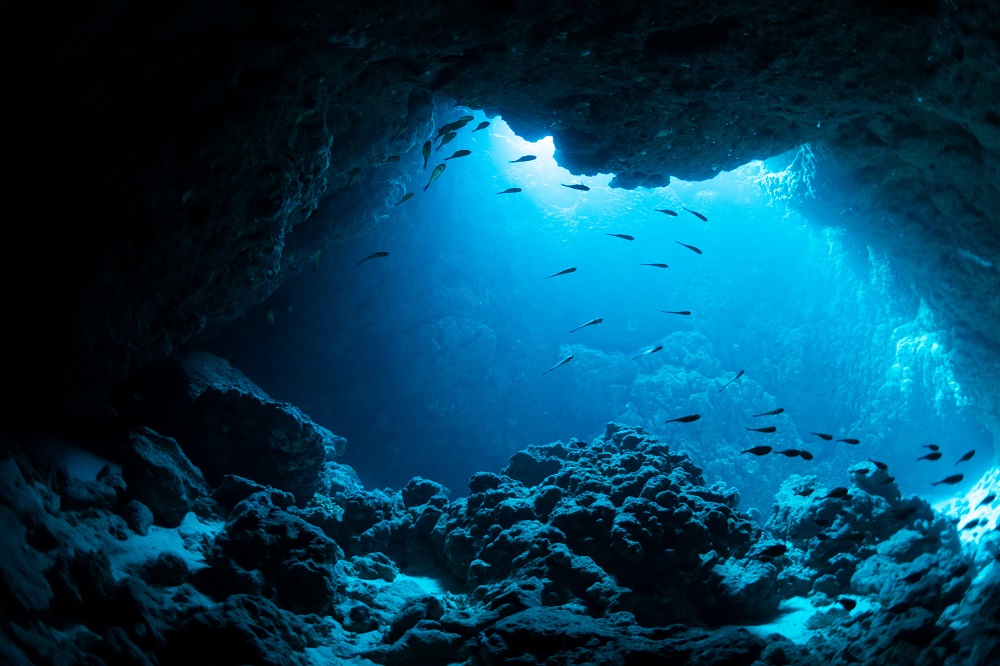
The nodules being mined—concretions that are mostly manganese, but including iron, nickel, cobalt and copper—are part of a unique habitat. Their removal or burial by sediment would destroy habitats, which would take millions of years to regenerate. “The nodule habitat won’t recover after removal or burial from mining and the soft sediment habitats will take more than a century to recover from any kind of mining disturbance,” says Professor Smith.
The mining is expected to have a large footprint on the seafloor; projections of economically feasible areas for mining are expected to be 500 square kilometres per year for up to 30 years for a single operation. “We estimate the impact from mining to be three to five times the area directly impacted by mining, so 15 000 sq km directly minded could translate to 75 000 sq km of total impact,” says Professor Smith. Mr Gianni echoes his concerns: “When you remove those nodules you pull the carpet out from underneath the ecosystem and these areas will be destroyed.”
As mentioned already, nodules are dewatered after being removed from the seabed, and a plume consisting of sediments and heavy metals will likely be injected back into the water column at a depth of 1,000 metres. This has the potential to affect vertical migrators: fish and crustaceans that stay around this mark during the day to avoid predation but migrate to the surface at night to feed. These vertical migrators are an important component of the so-called biological carbon pump, reducing the impacts of global climate change. The heavy metals from the plume could also enter the food chain through fish such as tuna.
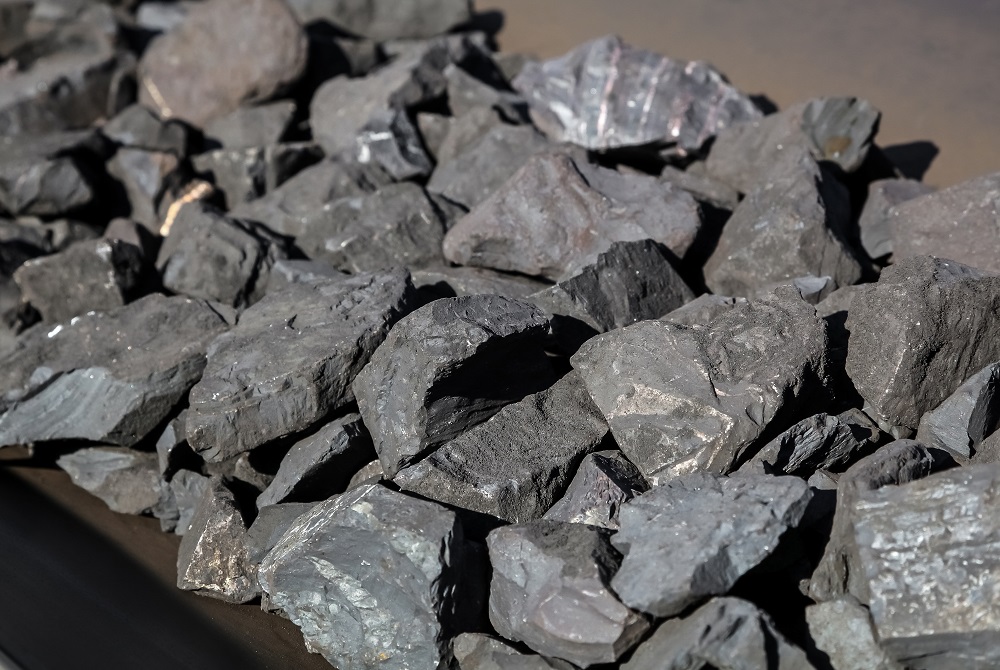
A governance vacuum
Deep-sea experts say that the ISA, which is currently leading the decision-making process, is not adequately structured or incentivised to factor in ocean sustainability. “Taking a closer look at the decision-making structure of the organisation,” explained Mr Gianni, “you realise [that] a handful of countries and individuals can push through a mining agenda, even if a majority of countries is opposed to opening up the deep ocean to mining. Once the ISA adopts mining regulations and if the mining proves profitable it will be difficult for the ISA to say no to any country that applies either for itself or on behalf of a private company for a licence to mine.” This raises questions about what could happen in the future as more countries seek to get involved. A 2019 UK House of Commons environment audit committee report, Sustainable Seas, pointed out a conflict of interest at the ISA because it will be both a beneficiary of the fees from licencing mining as well as the regulator. The ISA has so far issued 31 exploration licences, but none for commercial exploitation. Eighteen licences are held by seven countries: China, Japan, South Korea, Russia, India, France, and Germany.
Deep-sea mining advocates could argue that pollution must be set against the urgent need for minerals and metals necessary for the net-zero technology that the world must transition to. Mr Gianni describes this as a “false choice and a false narrative”. He points out, for instance, how the battery industry is already transitioning away from nickel and cobalt. BYD, a Chinese company, only sells lithium iron phosphate batteries, while Tesla introduced lithium iron phosphate batteries in 2019 and now sells over 50% of its cars with batteries that contain no nickel, cobalt or manganese, according to Mr Gianni.
The UN Environment Programme Finance Initiative has recommended that instead of investing in deep-sea mining for the metals needed to build renewable technologies, companies should invest in improving the performance of terrestrial mining activities and circular economy initiatives such as better product design and recycling. For example, over 50 million tonnes of electronic waste are discarded annually, with less than 20% recycled. And this should be a first point of call, as Mr Gianni highlights: “When I spoke to somebody from Apple about this, they said we should get that figure up to at least 80% before we even think about going into the deep sea and mining for the same metals.”
Phil McCabe, an ocean campaigner and chairperson of Kiwis against Seabed Mining, says the ocean is not just a resource ‘out there’ to be protected; it is a critical ally in the fight against climate change. “It’s been well acknowledged that the ocean is our greatest driver for stabilising the climate.”
Back to Blue is an initiative of Economist Impact and The Nippon Foundation
Back to Blue explores evidence-based approaches and solutions to the pressing issues faced by the ocean, to restoring ocean health and promoting sustainability. Sign up to our monthly Back to Blue newsletter to keep updated with the latest news, research and events from Back to Blue and Economist Impact.
The Economist Group is a global organisation and operates a strict privacy policy around the world.
Please see our privacy policy here.
THANK YOU
Thank you for your interest in Back to Blue, please feel free to explore our content.
CONTACT THE BACK TO BLUE TEAM
If you would like to co-design the Back to Blue roadmap or have feedback on content, events, editorial or media-related feedback, please fill out the form below. Thank you.
The Economist Group is a global organisation and operates a strict privacy policy around the world.
Please see our privacy policy here.




 World Ocean Summit & Expo
2025
World Ocean Summit & Expo
2025 UNOC
UNOC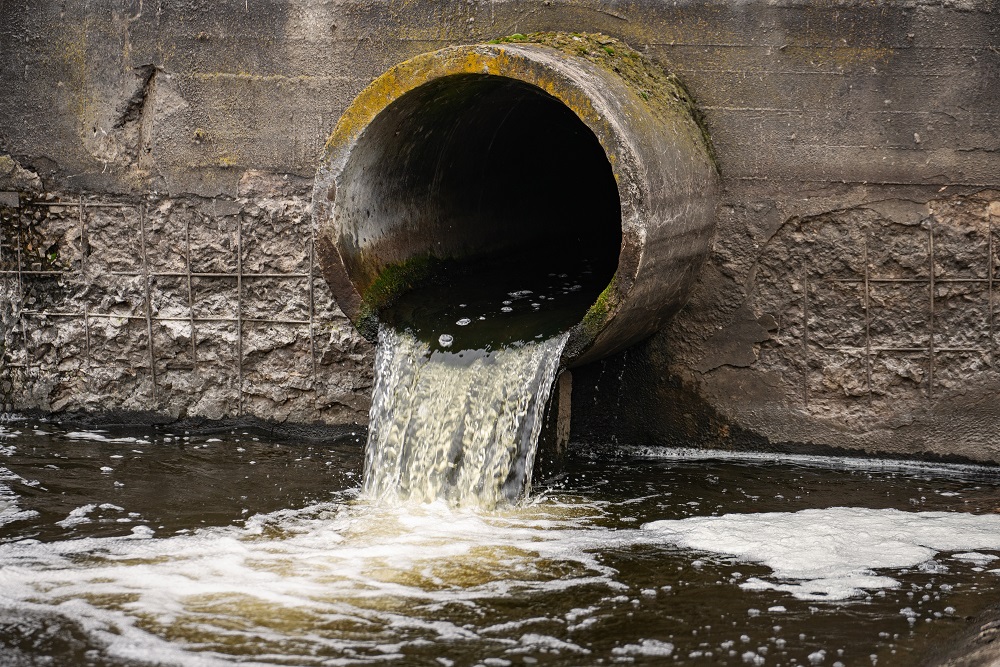 Sewage and wastewater pollution 101
Sewage and wastewater pollution 101 Slowing
the chemical tide: safeguarding human and ocean health amid
chemical pollution
Slowing
the chemical tide: safeguarding human and ocean health amid
chemical pollution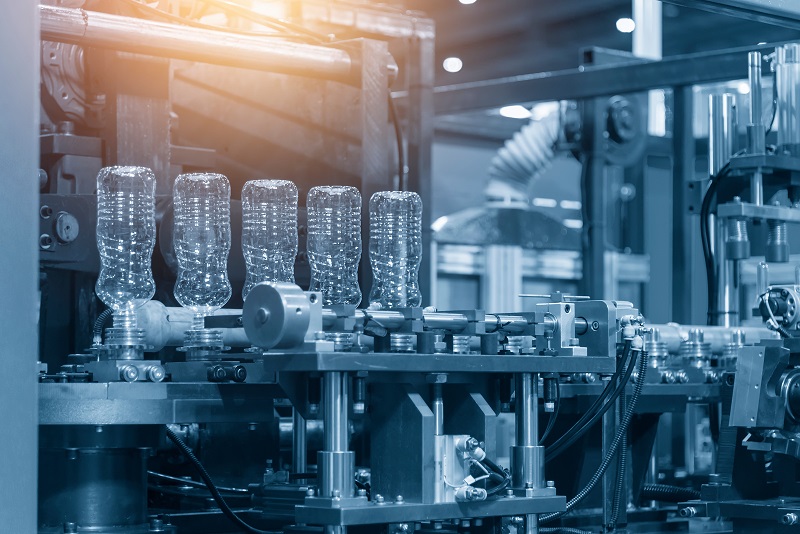 Hazardous chemicals in plastics - the discussions at INC
Hazardous chemicals in plastics - the discussions at INC






